What is Slow Travel? Is it really a valid way of travelling, or just another trendy word used by marketers?
There are plenty of trendy travel terms around. Wellness for one. I’ve never been too sure what Wellness Travel involves exactly. For some reason, a yoga mat always pops into my head whenever I hear the term. The Wellness Institute defines it as ‘travel associated with the pursuit of maintaining or enhancing one’s personal wellbeing.’ Back in the 1980s, I felt great after a two-week package holiday to Greece. I lay in the sun for too long during the day, then drank too much at night. But, boy, did I feel fab by the end of it, mentally refreshed and ready to resume work with an enthusiastic spring in my step. So, Wellness Travel to me is anything that makes you feel good.
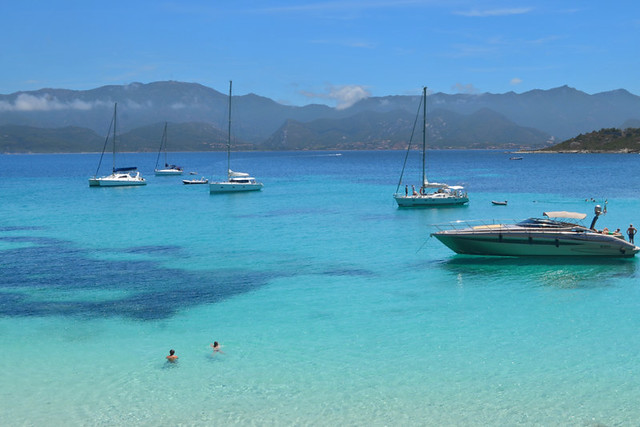
Google ranking zero at time of writing: ‘Slow travel is an approach to travel that emphasizes connection: to local people, cultures, food and music.’ – remoteyear.com (I’m not sure what remote year do exactly, but I wouldn’t disagree with the sentiment.)
Sustainable travel is also big, but I can’t help feeling there’s a fair amount of lip service where this is concerned e.g. the little sign found in most hotel bathrooms about chucking towels in the bath/shower cubicle. ‘Hey, we travelled sustainably as we only asked for our towels to be changed every two days instead of every day.’ Other buzz terms I saw when researching this included ‘long-haul reboots’ and ‘barefoot workations.’ As our neighbour on Tenerife used to say in a drawn-out, exasperated manner – Por favor!
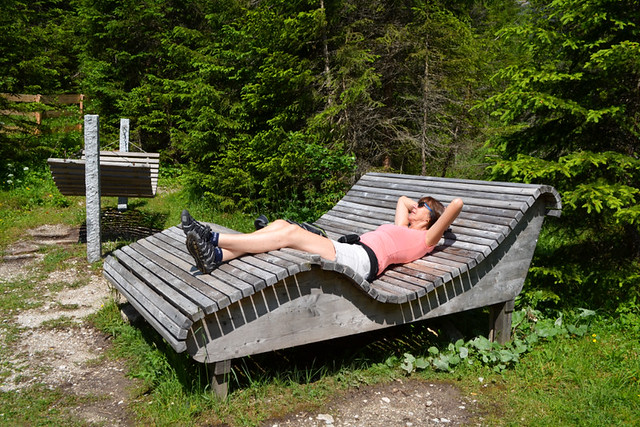
Google ranking 1 at time of writing: ‘Slow travel is all about taking the time to get to know areas, cities and towns in a way that you might miss out on by travelling in a more mainstream way’ – euronews.com, a news site. I wouldn’t go along with all of that. For example, taking the train is mainstream, isn’t it?
Often these ‘trendy terms’ are more important to the industry than the average holidaymaker who, let’s face it, mostly wants somewhere nice and interesting to visit to recharge their rundown batteries.
Take Slow Travel. We’ve been working in the Slow Travel business for over a decade, helping create Slow Travel holidays around Europe and writing guides to accompany them. But that’s just a decade since there was a label attached to what we do. What we did prior to that, on Tenerife, was more or less the same.
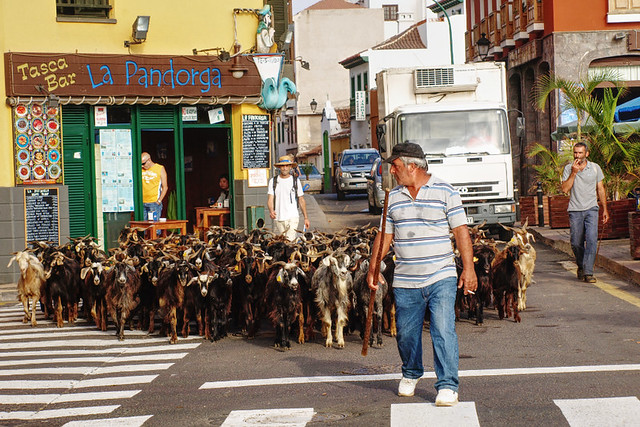
Google ranking 2 at time of writing: ‘Slow Travel is a different way of exploring the world, with an emphasis on avoiding the over saturated tourist areas, finding the places which are off the beaten path, where there is a gentler and more peaceful approach to travel.’ – slow-travel.uk
Slow-travel.uk is an excellent information site about slow travel in parts of the UK, but I don’t agree with all of that statement. Slow Travel doesn’t have to always be off the beaten track and, as anyone who has been to a fiesta in Spain will confirm, it is not always gentler and more peaceful.
I remember a time when there were people involved in the travel writing business who dismissed Slow Travel as being boring. It appears it’s a sexier way to travel now it’s more of a trendy term. Ironically, some of the people extolling the virtues of Slow Travel are rushing around the place, notching up destinations at a rate of knots.

I still don’t believe terms are as important to others involved in the tourism business who aren’t marketing specialists, especially those directly involved in delivering what we think of as Slow Travel. Even now, when we venture anywhere to research a new ‘Slow Travel’ holiday and mention the term to rural hoteliers, restaurateurs, etc. it is mostly met with a blank response. Most people we meet on our travels, even those involved in the sharp end of the tourism business, aren’t familiar with the term Slow Travel.
Google ranking 3 at time of writing: ‘Slow travel is for you if you want a balanced itinerary where you can pace yourself and eliminate the stress of rushing around. It’s intentional and immersive — allowing you to go deeper on the things that matter most to you while traveling. It’s conscious and connected — connected with yourself, those around you, and the world.’ – Sloww.co, a blog (I think). This description is a wee bit woolly for me.
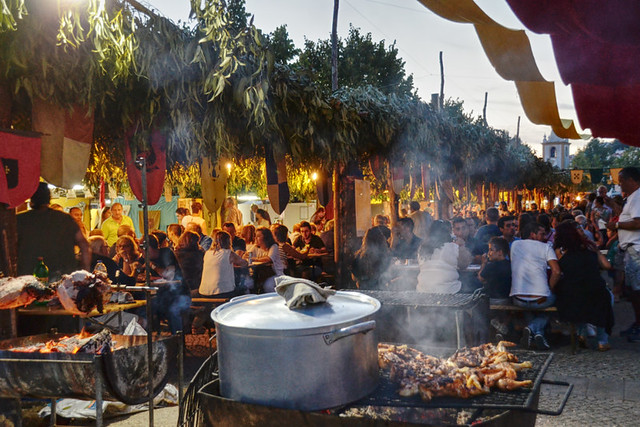
Whenever that happens, we resort to a two-sentence, off-the-cuff description of what Slow Travel means to us. We tell them that Slow Travel means travellers who are interested in the destination they visit; people who want to delve under the skin of a place, learn about its history, people, traditions, culture, and gastronomy. People who like to put their money into the local economy instead of into the pockets of multinational companies. At that point, they invariably nod and say, ‘Ah, that’s just the sort of people we like.’ They might not recognise the term, but they understand the concept. It’s what they do.
Google ranking 4 at time of writing: ‘One of the defining elements of slow travel is the opportunity to become part of local life and to connect to a place and its people. Slow travel is also about connection to culture.’ – slowmovement.com, a website dedicated to all things Slow. I’m never comfortable with statements about becoming part of local life in travel terms. Having lived in four locations (in four different countries) that experience medium to high numbers of tourists, I’ve never seen that happen, not really. ‘Fitting in’ is a more apt description to me. Apart from that, yep.
So, after all that, what really is Slow Travel?
The quotes used illustrate it means different things to different people; sometimes only slightly, in other cases, there are fundamental differences.
In the end, Slow Travel is just a label.
We use it because it helps describe what we do professionally and what our style of writing involves.
If we were simply describing our travel preferences to another traveller, we wouldn’t use the term at all. In that case we’d describe what we like in travel terms much the same as we do to the hoteliers, restaurateurs et al who look at us blankly when we mention the words, Slow Travel.


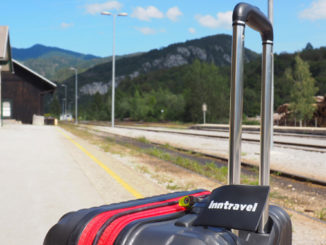


I’m a writer at Slow Travel UK. Thank you for saying nice things about the site! I agree that Slow Travel doesn’t always have to be off the beaten track, and I do have articles which cover how to see major tourist sites but without the crowds and queues, so maybe I should update my definition!
It’s a great site, Sarah. Really interesting. I only found it because I was looking for other people’s definitions of Slow Travel, but I’ve bookmarked it to go back and read more. We couldn’t agree more with your comment ‘how to see major tourist sites but without the crowds and queues.’ For us, it’s often more about how someone visits a place than where that place is.